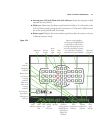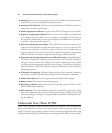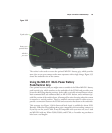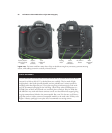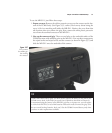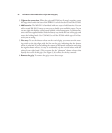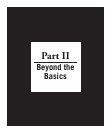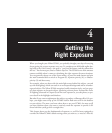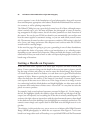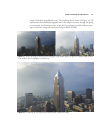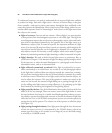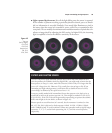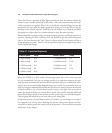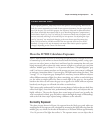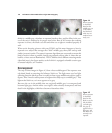
When you bought your Nikon D7000, you probably thought your days of worrying
about getting the correct exposure were over. To paraphrase an old Kodak tagline dat-
ing back to the 19th Century—the goal is, “you press the button, and the camera does
the rest.” For the most part, that’s a realistic objective. The D7000 is one of the smartest
cameras available when it comes to calculating the right exposure for most situations.
You can generally choose one of the Scene modes, or press the mode button and spin
the main command dial to switch to Program (P), Aperture-priority (A), or Shutter-
priority (S) and shoot away.
For example, when you shoot with the main light source behind the subject, you end
up with backlighting, which can result in an overexposed background and/or an under-
exposed subject. The Nikon D7000 recognizes backlit situations nicely, and can prop-
erly base exposure on the main subject, producing a decent photo. Features like Active
D-Lighting (discussed in Chapter 8) can fine-tune exposure as you take photos, to pre-
serve detail in the highlights and shadows.
But what if you want to underexpose the subject, to produce a silhouette effect? Or, per-
haps, you might want to flip up the D7000’s built-in flash unit to fill in the shadows
on your subject. The more you know about how to use your D7000, the more you’ll
run into situations where you want to creatively tweak the exposure to provide a dif-
ferent look than you’d get with a straight shot.
This chapter shows you the fundamentals of exposure, so you’ll be better equipped to
override the Nikon D7000’s default settings when you want to, or need to. After all,
4
Getting the
Right Exposure



